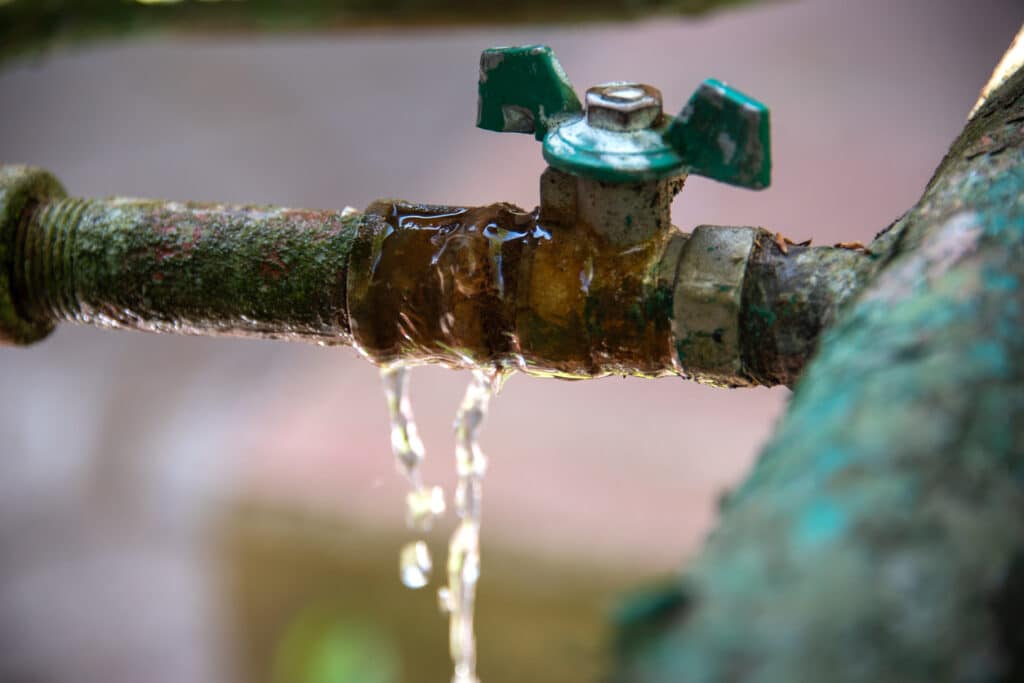We’ve all experienced that sinking feeling when opening an unusually high water bill. If you can’t pinpoint any obvious culprits, those extra dollars could be trickling away from a hidden leak. According to the EPA, household leaks can account for nearly 10,000 gallons of wasted water every year. That’s the equivalent of taking 120 baths! Over 1 trillion gallons are wasted annually across the U.S. from household leaks.
Playing leak detectives can prevent structural damage, mold growth, and increasing water bills. Here are some DIY tips to help find those sneaky drips and trickles:
Listen for Running Water
One of the simplest ways to detect a leak is to simply use your ears. Pick a time when things are quieter, like late at night or first thing in the morning before everyone’s up.
Turn off all water sources – showers, faucets, appliances, etc. Walk slowly through your home, keeping your ears tuned for any hissing, trickling or running water sounds coming from walls, floors or ceilings. Pay close attention to areas near bathrooms, kitchens, laundry rooms, and exterior walls. If you have trouble hearing faint noises, use a tool like a long screwdriver pressed against surfaces to amplify the sound.
A constant running water sound that doesn’t stop is your clue that a leak is present.
Check Your Water Meter
Your water meter can be a huge help in confirming if you have a leak. To check for a leak, make sure the taps are turned off inside your home. Locate your meter, usually near the curb with a concrete or metal lid. Watch the meter dial or display – if it’s moving at all, you’ve got a leak. Note the reading, then wait 2–3 hours without any water use. Check again – if the reading has changed, that confirms unwanted water flow.
The bigger the number change between readings, the larger the leak is likely to be. Even a small change can indicate serious water loss over time.
Play Toilet Detective
Your commode is a common culprit for hidden leaks. An easy dye test can shine a light on any toilet troubles. To check, remove the tank lid and drop in a dye tablet or some food coloring. Don’t flush for at least 20–30 minutes to allow time for leaks. If you see colored water appear in the bowl during that time, you’ve got a flapper or valve leak.
Know When to Call for Backup
If you’ve gone through the DIY checks but still suspect a leak is lurking, it may be time to call in reinforcements. Plumbers have an arsenal of specialized leak detection equipment. They can locate leaks without damaging your walls or floors.
Don’t let hidden leaks take you by surprise. Using your eyes, ears, and basic tools, you can often get to the source of those drips yourself. But if you need help detecting leaks in your home, call A Better Plumber in Waldorf, MD.








